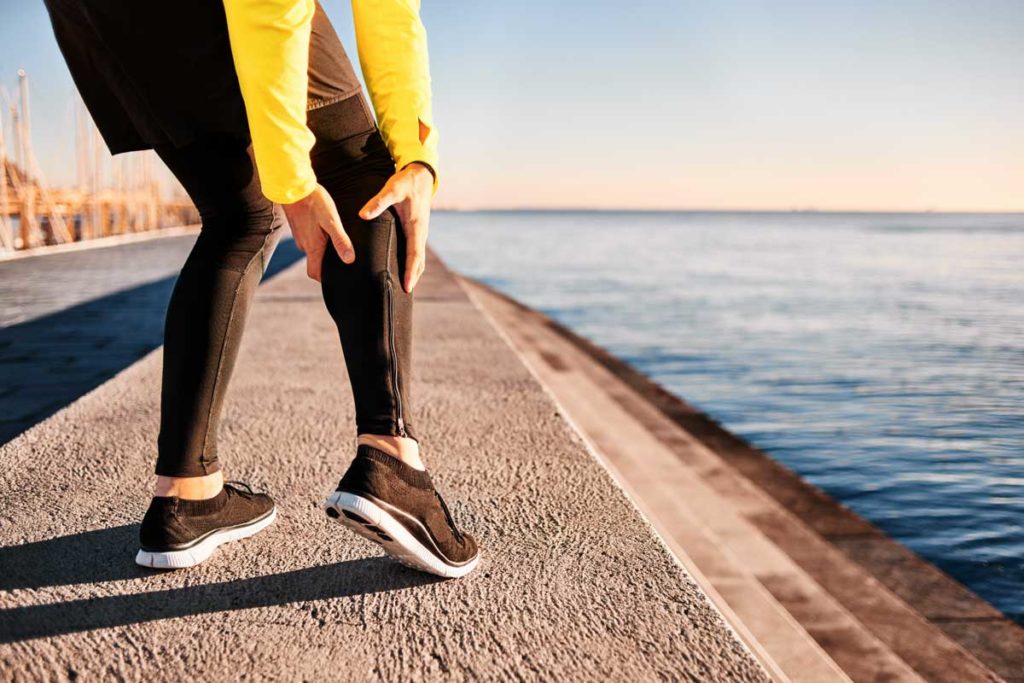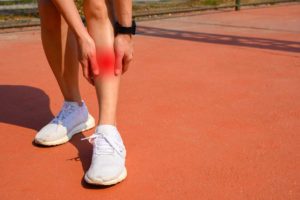
Gastrocnemius Tear
Typical Symptoms
Gastrocnemius tears cause sudden pain, swelling, bruising and difficulty mobilising when it comes on and subsequently tightness and stiffness. It usually happens when pushing off or changing direction quickly during sport or physical activity and is mostly localised to the medial (inner) aspect of the calf.

What causes it?
The tear usually occurs in the plane between the gastrocnemius and soleus muscles in the calf, due to a shearing effect on the muscles. As the muscles separate, there is a space that fills with blood and hence causes the swelling and tightness.
How can I help myself?
It is useful to reflect on when the symptoms came on and what happened afterwards. If there is considerable pain, swelling and difficulty mobilising, offloading with crutches will reduce the risk of exacerbating it and also measures such as PRICE can help to reduce swelling. Pain killers can make the symptoms more tolerable.
When to seek help?
If symptoms are significant and you are having difficulty weight bearing, it would be good to have your problem assessed as soon as possible.
What are the treatment options?
Your clinician should assess you with a thorough history and clinical examination, after which they may undertake an ultrasound scan of the muscle to look at the muscle tissue.
In situations where there are small tears, rehabilitation will suffice, but in situations where a more significant tear is found or where symptoms are not improving, then your clinician may discuss aspirating (removing) the blood and replacing this with a PRP injection.
